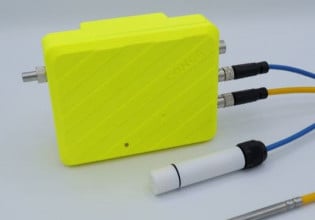D
In the US we have a machine with a transformer that takes 208/240 power and converts it to 120v power. The neutral on the secondary is floating. I get 120 between T1 and Neutral and around 60 from Neutral to ground or T1 to ground as expected. We have a simple 120v APC UPS downstream in the system. IT shows alarm due to neutral not being bonded.
Should neutral be bonded?
What are the issues if it is? Ground loops etc?
Where should it be grounded? Run all neutrals to one spot then bond to PE at exit?
If not bonding neutral in the system how to we keep the UPS from alarming?
thanks in advance
Donny
Should neutral be bonded?
What are the issues if it is? Ground loops etc?
Where should it be grounded? Run all neutrals to one spot then bond to PE at exit?
If not bonding neutral in the system how to we keep the UPS from alarming?
thanks in advance
Donny






